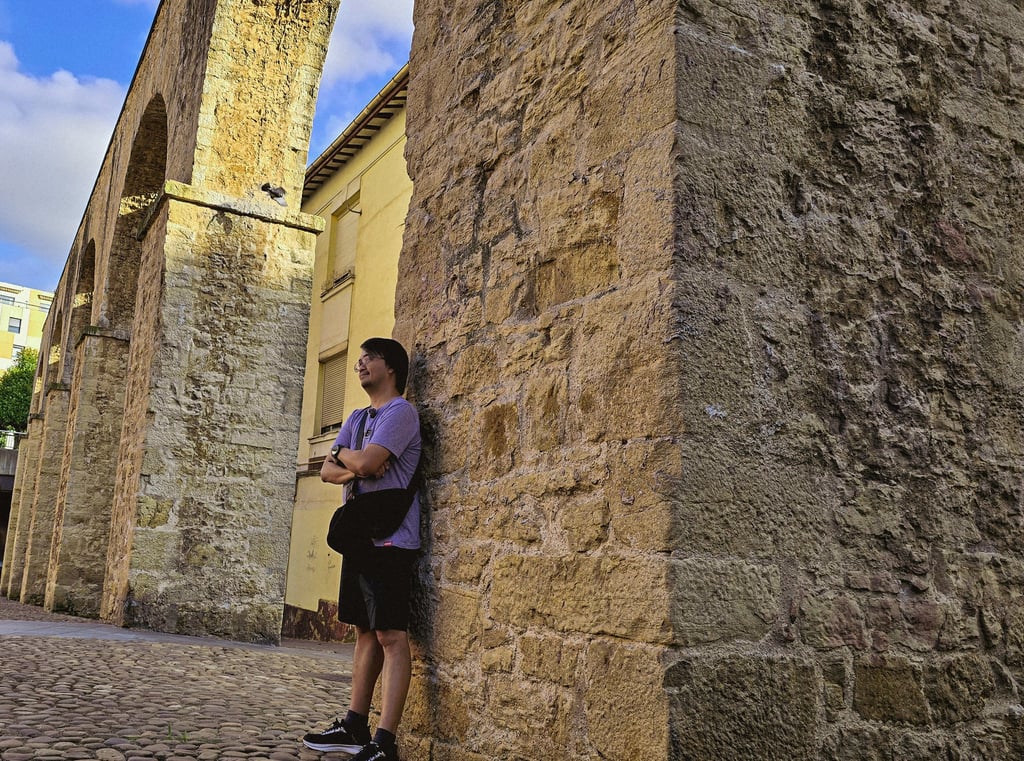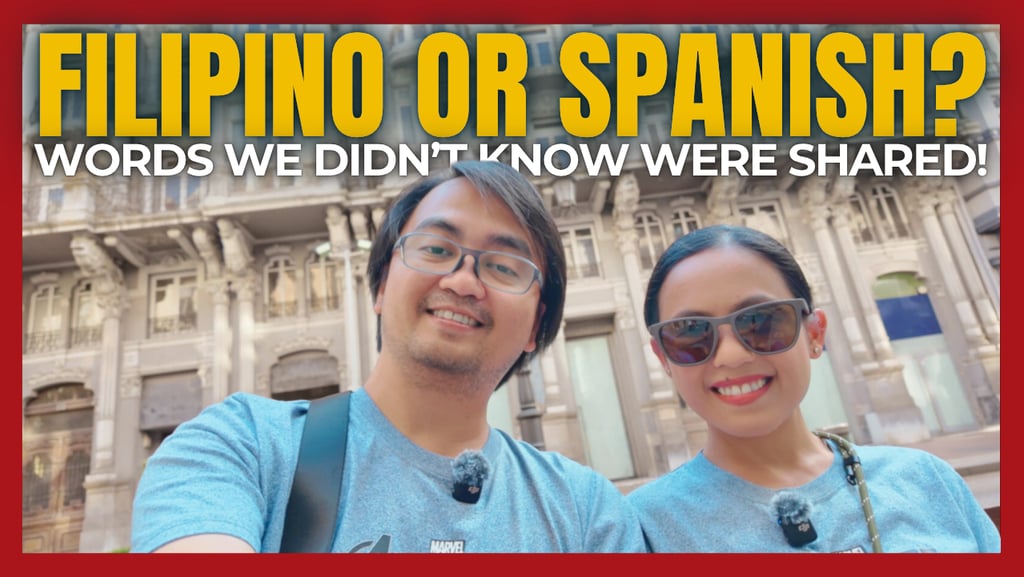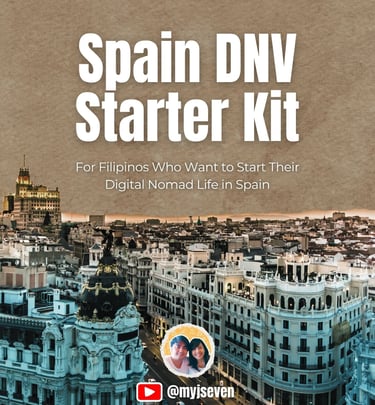Learning Spanish Is Not Easy — But As Filipinos, We Have a Little Advantage
Learning a new language is always challenging, and Spanish is no exception. With its complex grammar, tricky pronunciation, and rich vocabulary, mastering Spanish can feel overwhelming — especially for beginners like us.
SEVEN
7/31/20253 min read
Why We Started Learning Spanish?
We started learning Spanish bit by bit in 2024. Our motivation? We planned to migrate to Spain, so learning the language wasn’t optional — it was essential.
Choosing to focus on Castilian Spanish, the version spoken in Spain, helped us target the specific accent, vocabulary, and customs we’d encounter.
Though we’re not yet fluent, we’re steadily picking up words and phrases, building our foundation through apps, AI tools like ChatGPT, and YouTube videos. Formal classes are next on our list to deepen our skills.
But if you’re Filipino, you actually have a slight advantage. Thanks to centuries of shared history and language influence, many Spanish words and cultural nuances are already familiar to you. This unique connection gives Filipino learners a helpful head start in their Spanish journey.
Our Filipino Roots and the Spanish Connection
Filipinos share a fascinating linguistic bond with Spanish. Due to over 300 years of Spanish colonial rule, approximately 30% of Filipino vocabulary comes directly from Spanish.
Many everyday Tagalog words are Spanish in origin, like:
Bueno (good)
Aber (Let's see)
Lugar (place)
Kutsara and tenedor (spoon and fork)
Mesa (table)
Zapatos (shoes)
Bintana (window)
Sine (cinema)
Lunes, Martes... (days of the week)
Merienda (snack)
Basura (trash)
This overlap sometimes surprises native Spanish speakers when they meet Filipinos — it’s like we already know bits of their language without trying.
Final Thoughts
Learning Spanish is not easy. But as Filipinos, we carry a hidden advantage — a linguistic and cultural bridge that connects us deeply to the language.
Our journey is just beginning, but sharing it motivates us and hopefully inspires you too. With patience, persistence, and a little heritage on our side, Spanish can become a language that feels less foreign and more like home.
The Regret: Losing Spanish from Philippine Education
It’s bittersweet because despite this deep history, Spanish was removed from the Philippine education system decades ago. Many Filipinos today don’t have formal exposure to Spanish, making the language a fresh challenge.
Imagine if Spanish had remained a core subject — learning the language today would be much easier for most Filipinos.
The Challenges We Face
While our shared vocabulary is helpful, Spanish remains a complex language.
For me personally, pronunciation is the hardest part. Spanish sounds and syllable stress patterns don’t always align with how we naturally speak Tagalog or English.
Grammar and verb conjugations are also tricky. We’re still learning when to use ser versus estar, or how to properly conjugate verbs in past tenses.
Despite these challenges, we take it slow and steady — using apps like Duolingo, ChatGPT, and YouTube for immersive learning, and planning to enroll in formal classes soon.


Seeing Other Filipinos Thrive in Spain
Many Filipinos have lived in Spain for years and become fluent in Spanish. Their stories inspire us and show that with dedication and immersion, mastering Spanish is possible.
Knowing others have succeeded gives us confidence to keep pushing forward.
Cultural Similarities Make It Easier
One surprising discovery is how Spanish and Filipino cultures share core values around family, kindness, and hospitality.
This cultural connection makes adapting to Spanish life feel less foreign and more like a homecoming.
Warm family ties, communal meals, and friendly greetings are common in both cultures — language is only one part of feeling at home.
☕ Enjoyed this? If you'd like to support our work (or just buy us a coffee), click the button below. Every little bit means the world to us — thank you!
Dreaming of Moving to Spain?
Grab Our DNV Starter Kit!
The Spain Digital Nomad Visa (DNV) can feel overwhelming, especially for first-time applicants — but you don’t have to figure it out alone. This downloadable PDF guide is crafted specifically for Filipinos based on real-world experience and firsthand research.
With this kit, you'll get a simplified, step-by-step roadmap to help you confidently apply, prepare the right documents, and start your digital life in Spain.
LET'S CONNECT
Join us on our digital nomad journey.
© 2025 MJ & SEVEN | All rights reserved.





